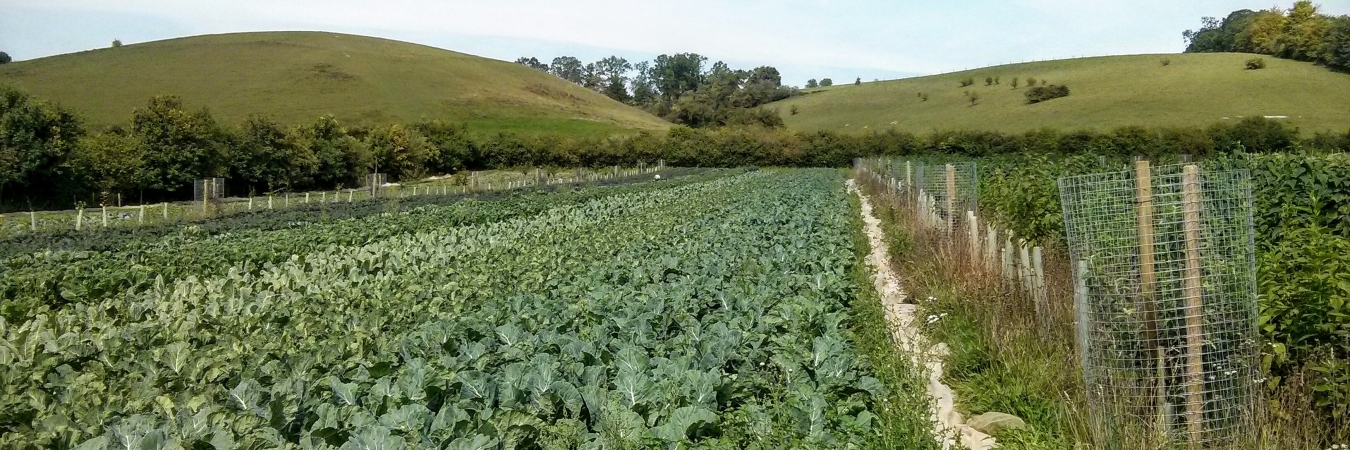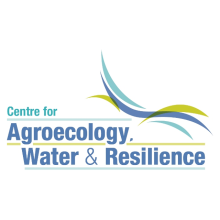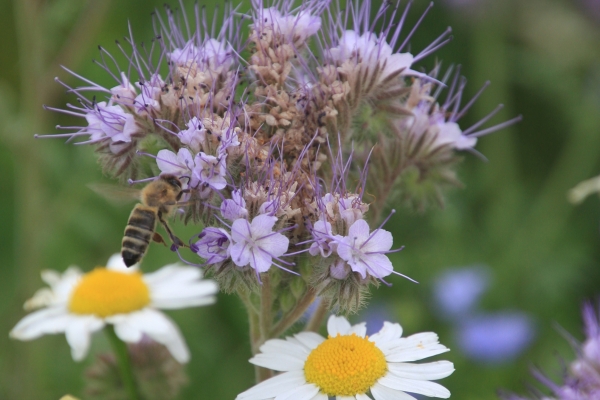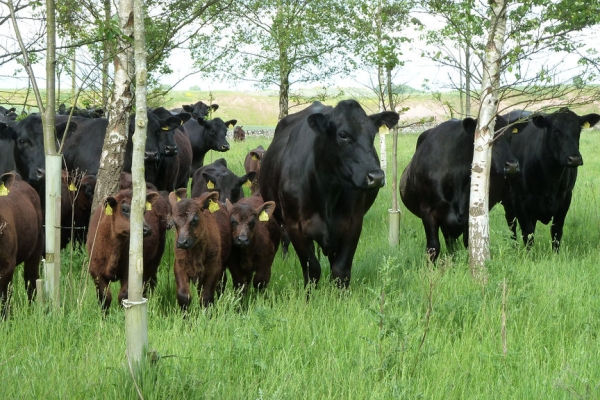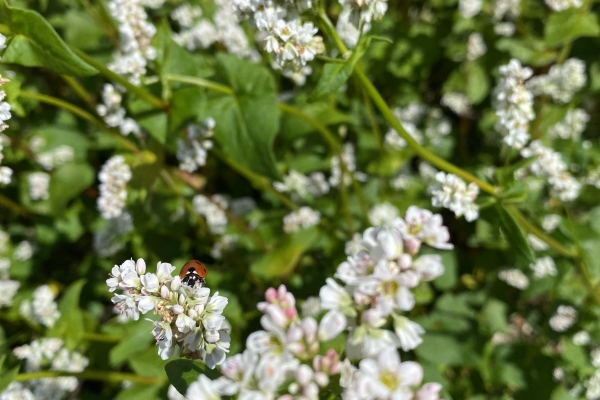Using agroecology to enhance dietary diversity
UNSCN News, Issue 43, Food Environments, pp. 33-42
Resource explained
Dietary diversity is a key health indicator of diets and has been linked to reductions in diet-related diseases through improved gut microbiota diversity. Drawing on inspiring research from around the world, this article demonstrates how agroecology, paired with efforts to tackle gender inequality in the food system, can increase dietary diversity. It highlights the global trend towards a more uniform and narrow selection of foods, outlining how this lack of diversity is impacting ecosystem and human health. The authors argue that agroecological practices that enhance biodiversity at the farm and wider ecosystem level and foster greater genetic diversity in crops can improve soil health and contribute to improved dietary diversity. However, without addressing issues of global inequalities in access to food, dietary diversity will remain limited, hence the need for greater gender inequality in the food system. It is also emphasised that changes in the market are needed to help improve dietary diversity.
Findings & recommendations
- Increasing biodiversity is central to agroecology. This can be achieved through practices such as intercropping, integrating livestock and crop systems, crop rotations, and agroforestry, all of which increase the diversity of foods available and therefore enhance dietary diversity.
- The use of farmer-led evolutionary plant breeding can enhance intraspecific diversity amongst crops and hence boost dietary diversity by increased genetic variation.
- Linked to the direct benefits of increased biodiversity are the indirect effects of increased populations of pollinators and pest predators. Such boosts to the ‘immune’ system of farms can also boost dietary diversity.
- Agroecological soil practices and techniques to optimise nutrient recycling are put forward as ways to boost the nutrient quality of foods – by improving availability and uptake of minerals and trace elements by plants.
- Agroecological practices have been shown to increase food security and dietary diversity by enhancing biodiversity beyond the farm gate.
- The authors are critical of seeing agroecology as a ‘technical-fix’ and argue that changes in the wider food system are needed simultaneously to ensure that increased diversity of food products translates into increased dietary diversity.
